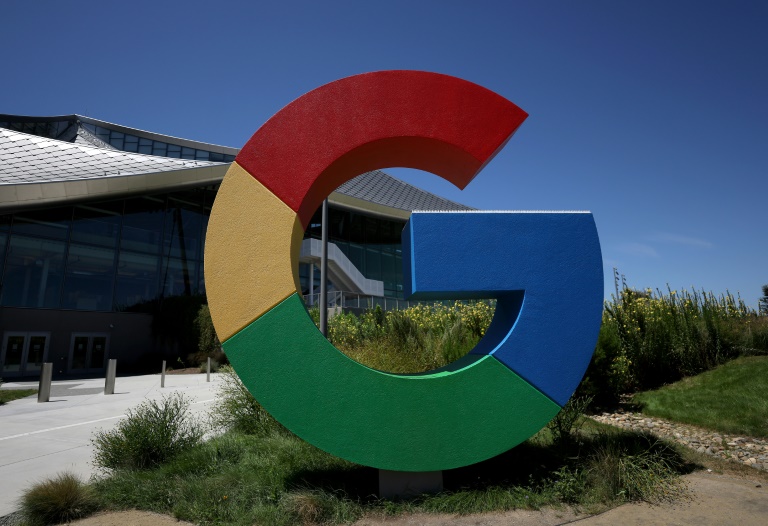Premier League clubs had little activity in the 2024 January transfer window as just £100 million was spent in total across all the clubs, according to Deloitte’s Sports Business Group.
This is a massive drop off from January 2023, as a record-breaking spend of £815 million was carried out by Premier League clubs then. Enzo Fernandez’s move from Benfica to Chelsea last winter was worth more than the entire spend by Premier League clubs in the most recent month, as he was purchased for £106.8 million.
In contrast, the most expensive signing from a Premier League club in the January 2024 window was Tottenham Hotspur’s £26.7 million addition of Radu Dragusin from Genoa. Crystal Palace were the highest spenders at £30.5 million, after paying £22 million for Adam Wharton from Blackburn Rovers and £8.5 million for Daniel Munoz from Genk.
The £715 million drop off in spending from last year is the lowest amount by Premier League clubs in the January transfer window since the £60 million figure in 2012. This is with the exception of 2021, as clubs were massively restricted that January because of the COVID-19 pandemic and spent £70 million.
The low spending in the recently shut January window still takes the expenditure amount for Premier League clubs in the 2023/2024 season to £2.5 billion, making this current campaign the second highest for spending by Premier League clubs.
This is largely to do with the 2023 summer transfer window, where £2.36 billion was spent on players. The 2022/2023 Premier League season currently has the record for the largest expenditure at £2.73 billion.
English football’s second division, the Championship, also saw a drop in spending during the recent winter window, as the total amount paid to players fell from £25 million in 2023 to £15 million this year.
Out of Europe’s major domestic leagues, Ligue 1 had the highest transfer spend this January as £162 million was spent across all 20 clubs. Paris Saint Germain were among the notable spenders, as they purchased Brazilian prospects, Lucas Beraldo and Gabriel Moscardo, for £34 million combined.
Ligue 1’s high spending subsequently marks the first January window since 2011 where the Premier League was not the highest-spending league out of Europe’s major leagues.
The spending combined across Ligue 1, La Liga, Serie A and the Bundesliga in January increased from £218 million last year up to £388 million for the 2024 window.
Tim Bridge, lead partner in Deloitte’s Sports Business Group, explained the Premier League’s drop in spending for January by highlighting two key elements.
He said: “The more prudent approach is likely driven by the high level of spend invested during the summer window but may also have been influenced by a heightened awareness of the Premier League’s financial regulations and the potential repercussions of non-compliance.”
Financial Fair Play and the Premier League’s Profit and Sustainability Rules (PSR) are becoming major factors in how clubs have to operate, particularly when it comes to the business that they can carry out in the transfer windows.
Everton have already been deducted points this season for breaching PSR regulations and could face further punishment after being charged last month for the same matter. Nottingham Forest have also been charged for failing to comply with PSR and could face strong punishment as well.
England’s top league in the women’s game also saw a fall in transfer activity for the 2024 January window as the 44 incomings in the Women’s Super League was a drop from the 51 additions made in January 2023.
However, due to 186 singings being made this past summer, the 2023/2024 WSL season has included more transfers than the past three campaigns.
There has also been greater transfer activity between WSL clubs and other leagues around the world. Typically, WSL clubs would strengthen by acquiring players from the other major European leagues or the National Women’s Soccer League.
Furthermore, 36 per cent of players signed by WSL teams this season were from leagues outside these typical markets, an increase of 10 per cent from the 2020/2021 and 2021/2022 campaigns.
Players have also been moving from the WSL at a higher rate in the past two seasons as 57 per cent of sales from WSL clubs have been to foreign leagues. This is an increase from 45 per cent in the 2020/2021 and 2021/2022 seasons.
Amy Clarke, women’s sports lead in Deloitte’s Sports Business Group, touched on the women’s game growing through the WSL dealing with more foreign leagues.
She commented: “The fact we are seeing WSL clubs acquire talent from a broader range of leagues, as well as a growing number of WSL players moving to play further afield, demonstrates the increasing globalisation of the women’s football market.”
Clarke also mentioned: “This widening talent pathway is a positive indicator of the increased professionalisation of the women’s game. It will be interesting to see whether player trading will become a more significant contributor to clubs’ business models, as they look to further capitalise on the potential of the women’s transfer market.”







